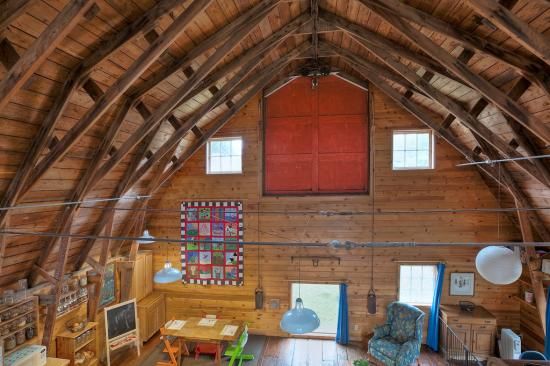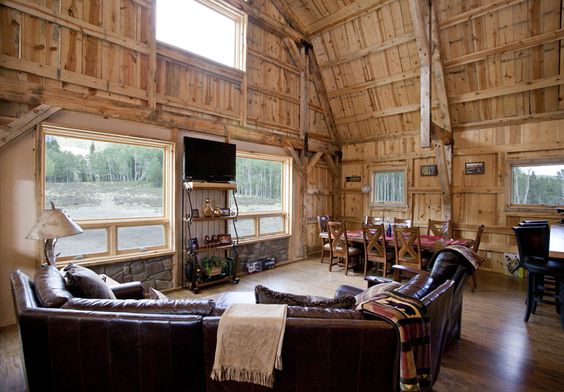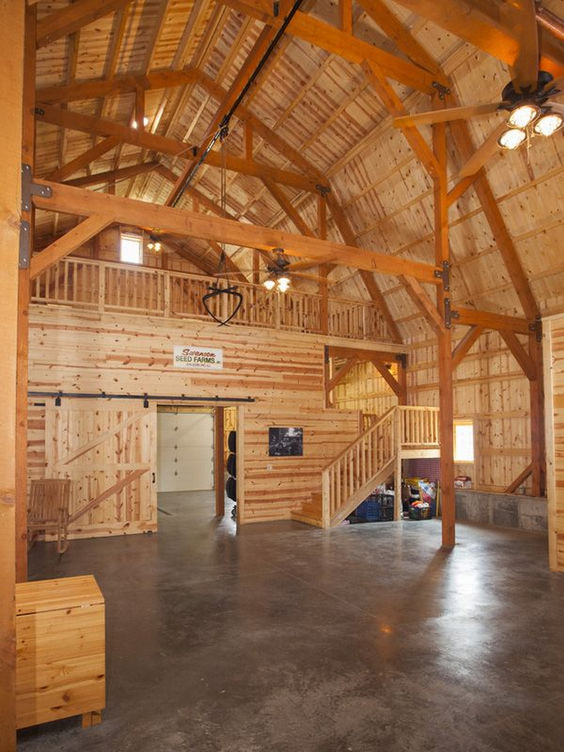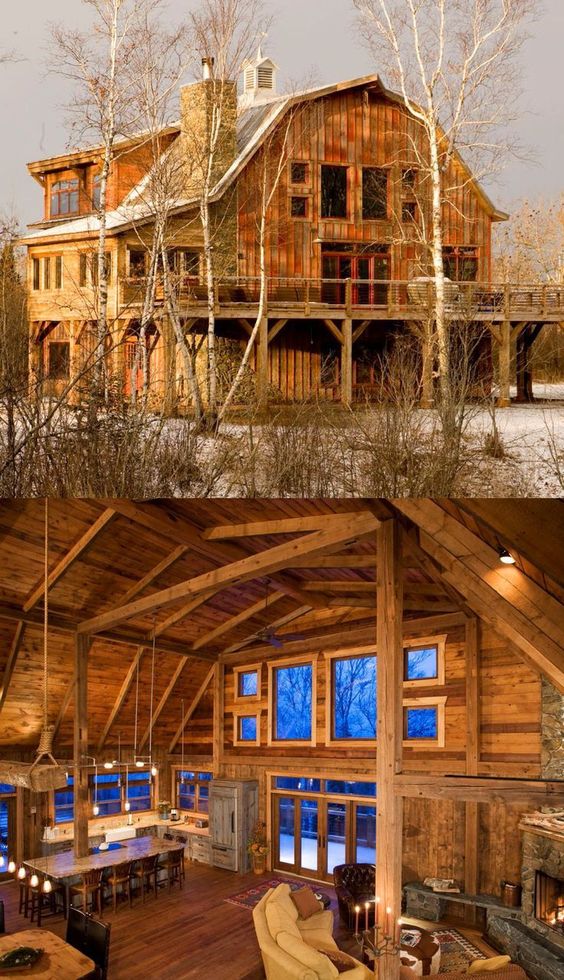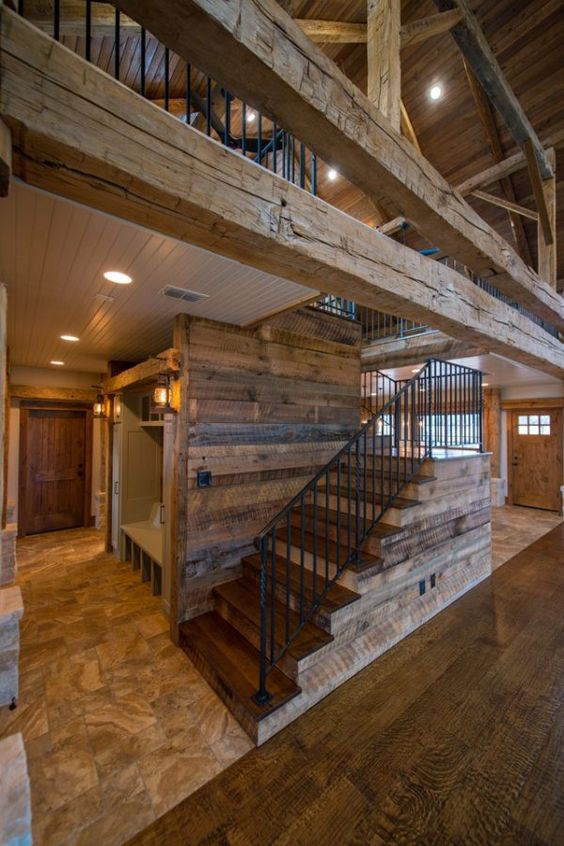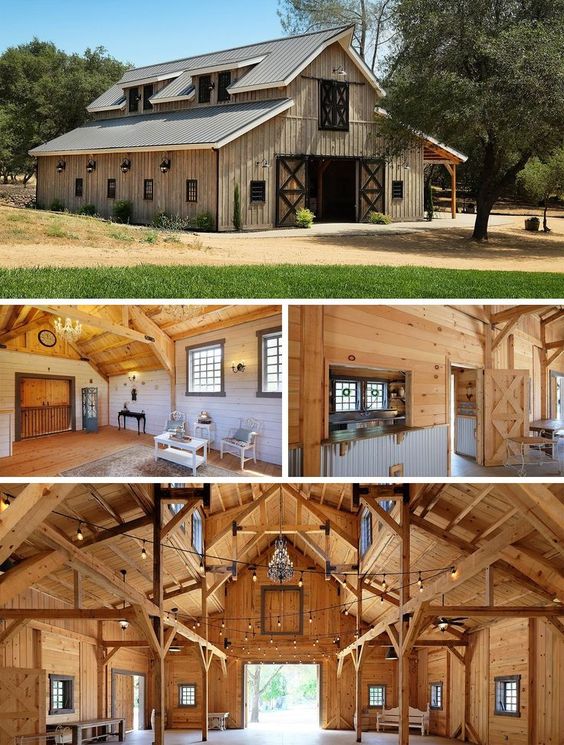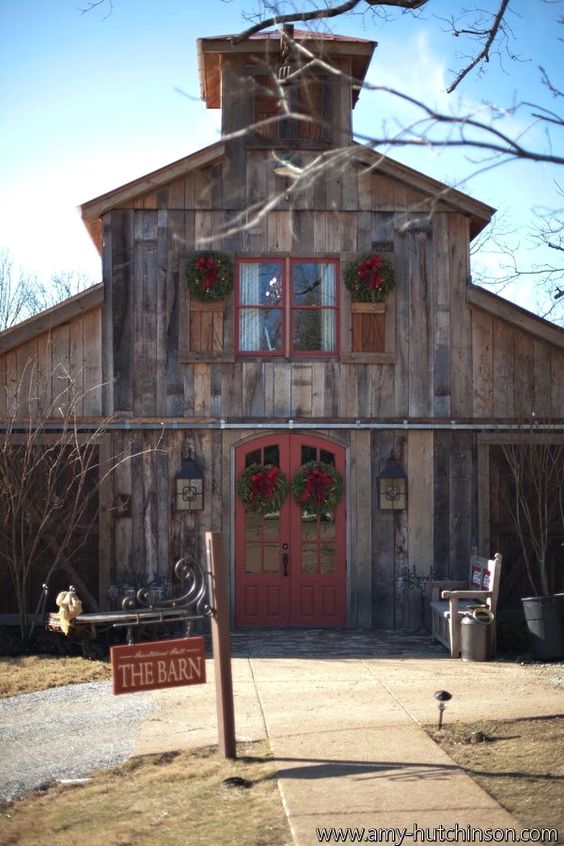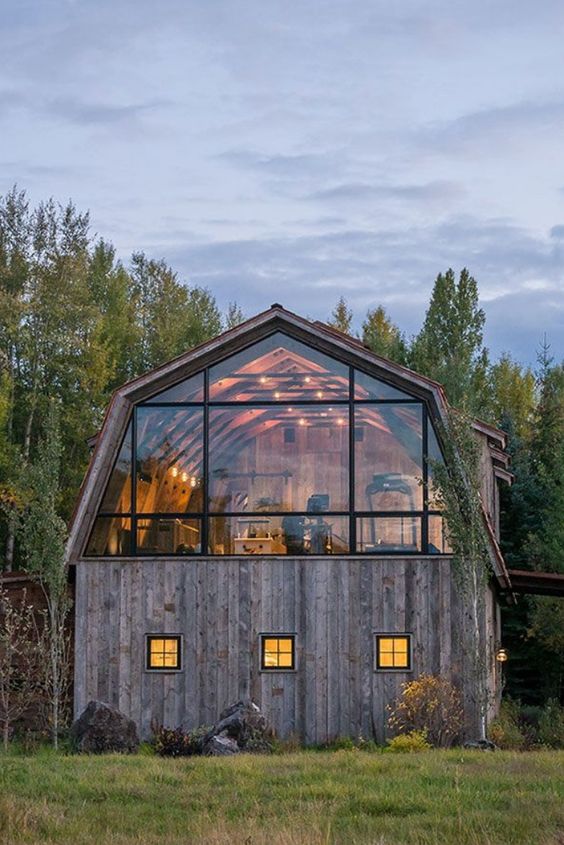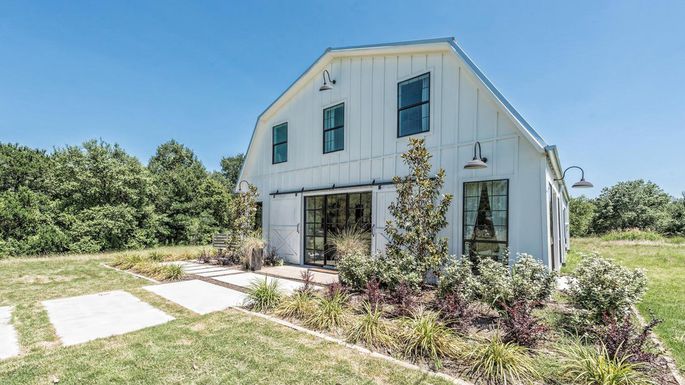All-America Selections, North America’s oldest and most well-known non-profit plant trialing organization has announced the first winners for 2020 including two entries from the Perennial Trial. Only those entries that performed better than the comparisons are granted the AAS award designation.
Sombrero® Baja Burgundy will add a bold accent to sunny gardens with its vibrant, deep violet-red blossoms. The beautiful flower color is without equal among coneflowers and is perfect for cut flowers. After being trialed over three tough winters, the AAS Judges noted this standout’s hardiness, sturdy branching, and floriferous blooming habit. Birds and pollinators certainly flock to this deer-resistant beauty making it a dual-purpose plant. Gardeners will enjoy prolific blooms from mid-summer until the first frost.

American Gold Rush Rudbeckia ’s bright, golden-yellow flowers with black centers and arched petals are gorgeous addition to any garden. This compact, upright domed-shaped black-eyed Susan beauty has narrow 2-inch wide hairy foliage bred for its resistance to Septoria leaf spot. This hybrid shows no signs of the fungus even in wet, humid conditions. Blooming from July to September, with some color up until frost, this cultivar has smaller foliage and shorter height compared to other rudbeckia varieties.



